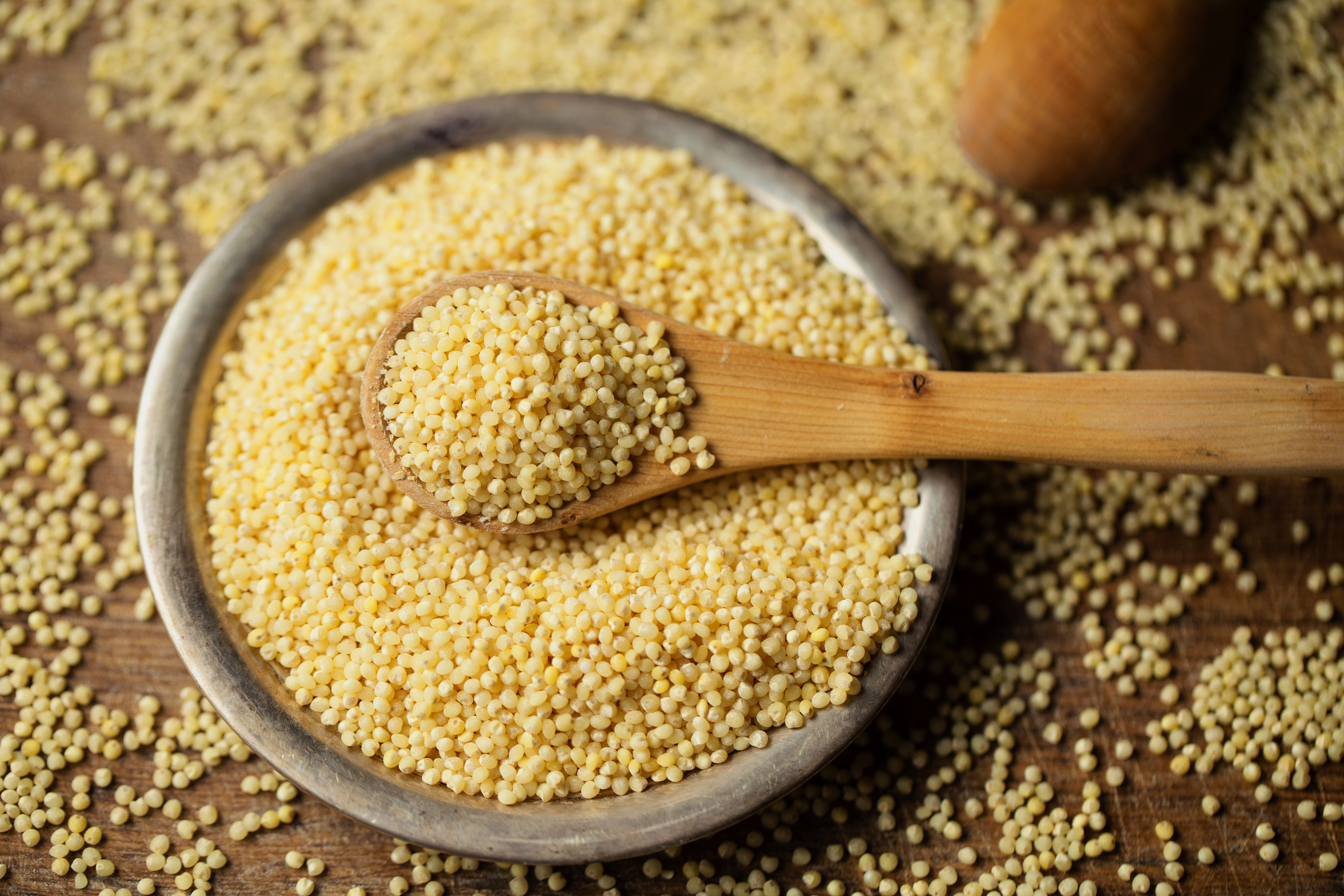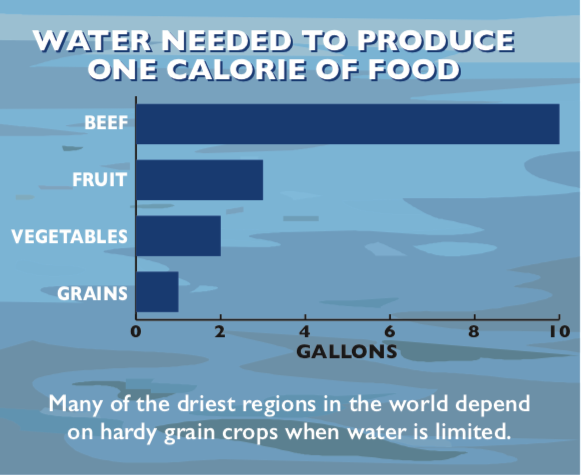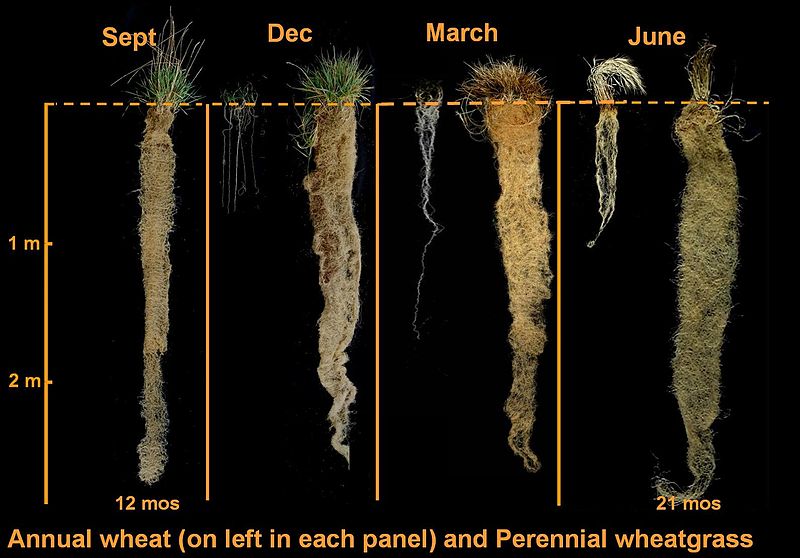Share This
A growing number of consumers are looking to make sustainable choices when they shop, whether that means buying organic produce, striving for a more plant-based diet, or seeking out products and ingredients that boast the environmental benefits of farming practices like regenerative agriculture. “We want products that regenerate our soil, our climate, and our social fabric,” Melissa Abbott, of Hartman Group, explained at our last Whole Grains Conference.
Just last year, the EAT-Lancet Commission released a report outlining the elements of a healthy, sustainable diet. Through an extensive review of the literature, they found that an ideal diet should include about 8 servings of whole grains, along with vegetables, dairy foods, fruit, legumes, and nuts, with animal foods (like eggs, poultry, and meat) eaten only in very small amounts.
With increased public discourse about sustainability and the effects of climate change on our agricultural systems, it’s no surprise that we are frequently asked questions about which grains are the most sustainable. This turns out to be an extremely complex question to answer. There are so many different ways to look at and measure sustainability and the grain or grains that rise to the top of this evaluation vary depending on the criteria used. Sustainability can be viewed through a wide variety of lenses, from looking at the input requirements of a crop (measuring the relative amounts of water, fertilizers, pesticides, etc. that farmers must use to produce sufficient yields), to tracing the CO2 emissions released in transporting a particular crop to its end market. Additionally, there are the energy costs of milling, processing, packaging, and storage that must be taken into account in order to appreciate the full environmental impact of a particular product or ingredient.
While a lot of this detailed data is not easily accessible or widely available, making it hard to declare one grain crop definitively more sustainable than another, measuring how much water different grains require is a common way to approach the question of which crops are best suited for climate change resiliency. Grains in general don’t require as much water as other crops, and many “ancient” and heirloom grains are more tolerant of extreme weather patterns than their commodity counterparts. Einkorn is the most drought-tolerant of wheat varieties, though spelt and emmer both perform well too. Teff (a type of millet) and sorghum, two grains native to Africa, both thrive in drought, and teff is adaptable to water-logged soils as well. Proso millet, the most commonly grown millet in the US, is generally recognized as having the lowest water requirement of any grain crop, and pearl millet, commonly grown in Africa and Asia, is the most tolerant of extremes of heat and drought.
The other crop that bears mentioning in a discussion of sustainability is kernza, a perennial wheat. While most agricultural crops are annuals (meaning they must be planted every year), perennials, which stay in the ground for many years, have some significant environmental advantages. Because they are left to grow and develop over many seasons, they are able to send down long, hardy roots which help to anchor the soil, preventing run-off and nutrient loss. These deep roots can also access water reserves stored much lower down in the water table, providing an increased level of drought-resistance for the crop.
Perhaps it’s for the best that the complexity of the sustainability question prevents easy answers about which grain tops all the others when it comes to providing environmental benefits. After all, the key to a healthy, balanced diet is variety. Spinach is really, really good for you, but no self-respecting doctor would tell you to limit your vegetable intake to spinach alone. Similarly, there is little to be gained from playing favorites with whole grains since each one offers its own unique mix of essential nutrients. If you’re looking for more sustainable foods in your diet, whole grains (perhaps especially the “ancient” varieties) are a great place to start. (Caroline)




Comments
Add a Comment